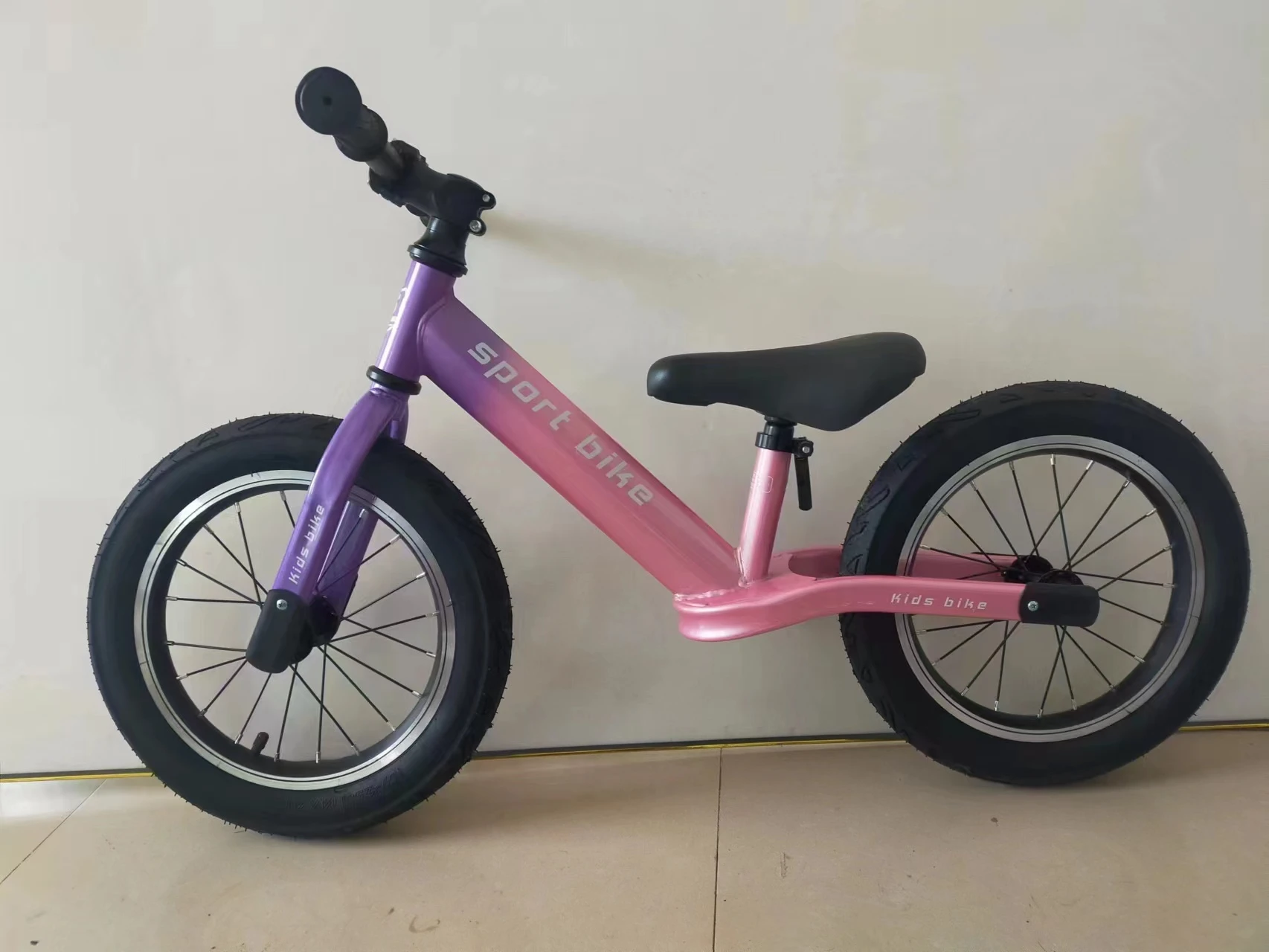
- Afrikaans
- Albanian
- Amharic
- Arabic
- Armenian
- Azerbaijani
- Basque
- Belarusian
- Bengali
- Bosnian
- Bulgarian
- Catalan
- Cebuano
- Corsican
- Croatian
- Czech
- Danish
- Dutch
- English
- Esperanto
- Estonian
- Finnish
- French
- Frisian
- Galician
- Georgian
- German
- Greek
- Gujarati
- Haitian Creole
- hausa
- hawaiian
- Hebrew
- Hindi
- Miao
- Hungarian
- Icelandic
- igbo
- Indonesian
- irish
- Italian
- Japanese
- Javanese
- Kannada
- kazakh
- Khmer
- Rwandese
- Korean
- Kurdish
- Kyrgyz
- Lao
- Latin
- Latvian
- Lithuanian
- Luxembourgish
- Macedonian
- Malgashi
- Malay
- Malayalam
- Maltese
- Maori
- Marathi
- Mongolian
- Myanmar
- Nepali
- Norwegian
- Norwegian
- Occitan
- Pashto
- Persian
- Polish
- Portuguese
- Punjabi
- Romanian
- Russian
- Samoan
- Scottish Gaelic
- Serbian
- Sesotho
- Shona
- Sindhi
- Sinhala
- Slovak
- Slovenian
- Somali
- Spanish
- Sundanese
- Swahili
- Swedish
- Tagalog
- Tajik
- Tamil
- Tatar
- Telugu
- Thai
- Turkish
- Turkmen
- Ukrainian
- Urdu
- Uighur
- Uzbek
- Vietnamese
- Welsh
- Bantu
- Yiddish
- Yoruba
- Zulu
Dec . 12, 2024 10:17 Back to list
mountain bikes for downhill
Choosing the Best Mountain Bikes for Downhill Riding
Downhill mountain biking is one of the most exhilarating forms of cycling, offering adrenaline-pumping descents and challenging terrains. It’s a sport that requires the perfect combination of technical skill, physical endurance, and, most importantly, the right equipment. Among the key pieces of equipment, the mountain bike is paramount, as it must withstand the rigors of steep descents, rocky paths, and sudden drops. If you’re on the hunt for the ideal mountain bike for downhill riding, this guide will walk you through all the essential features and considerations.
Frame Design and Material
The frame is the backbone of any mountain bike, especially for downhill riding. Look for a bike with a sturdy, lightweight frame made from materials like aluminum or carbon fiber. Aluminum frames are generally more affordable and offer a good strength-to-weight ratio. In contrast, carbon fiber frames tend to be more expensive but provide superior shock absorption and weight savings.
The geometry of the bike also plays a vital role in performance. Downhill bikes typically feature a slacker head tube angle, which aids in stability during high-speed descents. A longer wheelbase can improve balance when navigating tricky terrain or taking sharp drops. Additionally, ensure the bike has built-in reinforcements in areas prone to stress and strain, as downhill biking can be tough on frames.
Suspension System
One of the primary features distinguishing downhill bikes from other mountain bikes is their suspension system. Downhill biking usually involves navigating over rough terrains and large obstacles, so a high-performance suspension system is crucial for comfort and control.
Look for bikes with full suspension, featuring both front and rear shock absorbers. A suspension travel range of around 200mm is generally standard for downhill bikes, allowing the bike to absorb impacts from drops and rough surfaces effectively. Adjustable suspension systems can also help optimize performance based on the rider’s weight and riding style. An easy-to-tweak compression, rebound, and preload settings will let you customize your setup for diverse trails.
Wheels and Tires
mountain bikes for downhill

The choice of wheels and tires can significantly affect your downhill biking performance. Models with larger wheels, such as 27.5 inches or 29 inches, offer better rolling efficiency over rough terrains. Additionally, wider tires with deeper treads can provide enhanced traction, enabling better control during steep descents.
When considering tires, focus on ones designed specifically for downhill riding. These tires offer reinforced sidewalls to withstand impacts and punctures. Also, tubeless tires can be advantageous, as they reduce the weight of the bike and provide lower rolling resistance while decreasing the risk of flats.
Brakes
Effective braking is essential for any downhill bike. Hydraulic disc brakes are the preferred choice due to their superior stopping power and modulation compared to mechanical brakes. Look for models featuring larger rotors, typically 200mm or more, as they dissipate heat more effectively, which is critical during long, steep descents.
Test Rides and Personal Preference
Ultimately, the best way to select a mountain bike for downhill riding is through personal experience. Many bike shops offer test rides, allowing you to feel how the bike performs on different terrains. Pay attention to how the bike handles, its comfort level, and whether it suits your riding style.
Every rider is unique, and preferences may vary significantly based on factors such as height, weight, and riding style. Therefore, finding the right bike will often involve trial and error, but investing time in selecting the right one is essential for an enjoyable and safe downhill experience.
Conclusion
Choosing the right mountain bike for downhill riding is a crucial decision that can significantly impact your performance and enjoyment on the trails. By considering factors such as frame design, suspension systems, wheels, tires, and braking capabilities, you can make an informed choice that enhances your downhill biking adventures. Happy riding!
-
The Ultimate Kids' Four-Wheeler Experience
NewsJul.09,2025
-
The Ultimate Guide to Mountain Bikes: Gear Up for Your Ride
NewsJul.09,2025
-
The New Age of Cycling: Electric Bikes for Every Rider
NewsJul.09,2025
-
The Best Kids Bicycles: Ride in Style and Safety
NewsJul.09,2025
-
The Best 3-Wheel Scooters for Kids: Fun, Safety, and Adventure
NewsJul.09,2025
-
Revolutionize Your Ride: Affordable Electric Bikes
NewsJul.09,2025
-
Finding the Perfect Mountain Bike for Every Rider
NewsJul.09,2025



